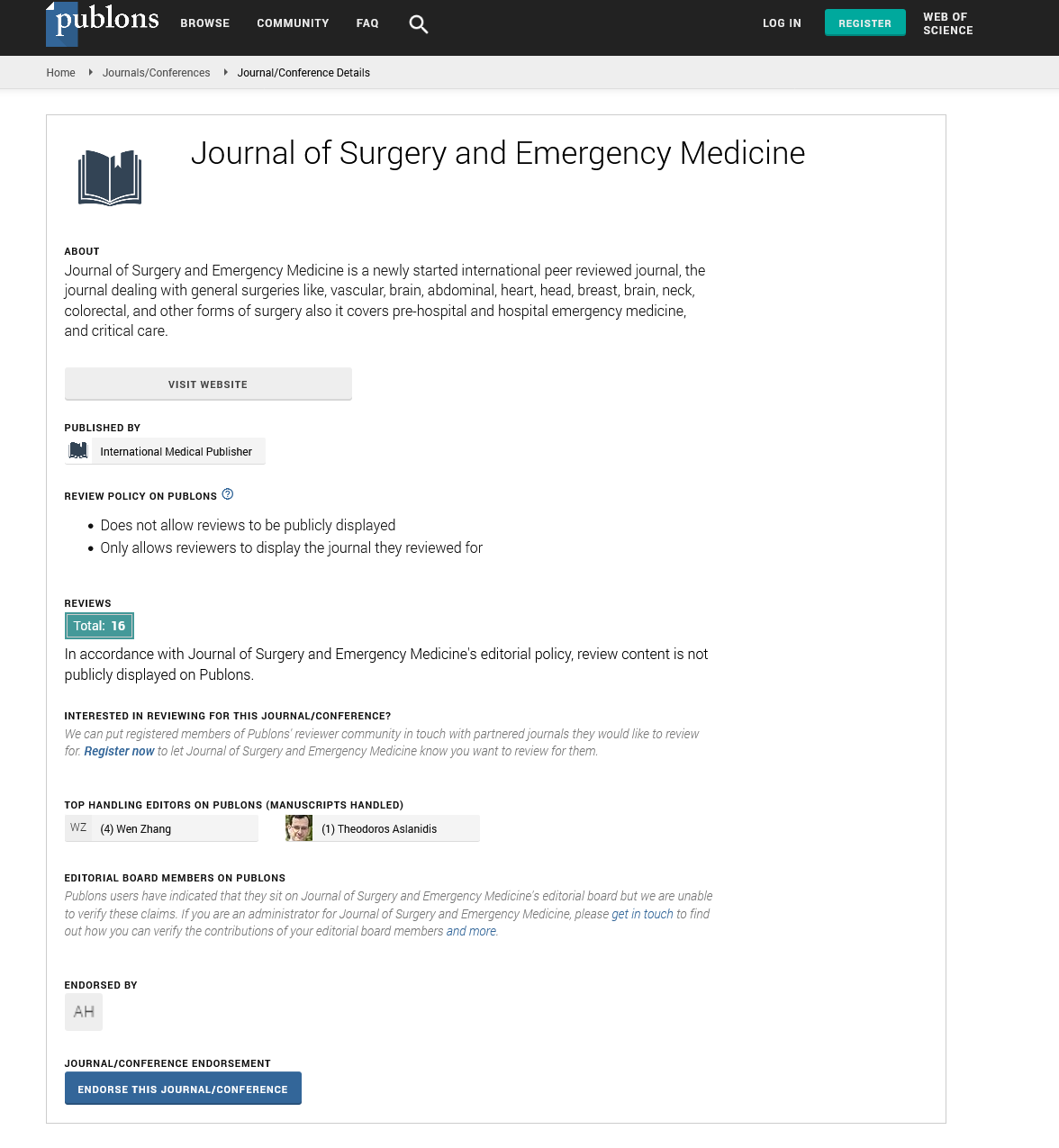Abstract
The new configuration of cannulated hip screws for the fixation of femoral neck fractures: A biomechanical study
Background: Femoral neck fracture is one of fracture that is frequently faced in our practice. In Pauwels 3, compression force is less but varus and shearing force is more. This cause more instability as angle of fracture line increasing. Although there is a number of studies about number, position, or direction of screws to make the strongest formation of implant to reduce the rate of fixation failure, but in the fact, there is no study that show the formation we accepted has enough strength to withstand the fixation failure especially in Pauwels 3 and osteoporosis bone.
The objective of this study is to study about biomechanics of two configuration of screws that is normal inverted triangle (conventional screw fixation; CFIX), and new configuration that make biplane screw support and penetrated more calcar (Double calcar cannulated screw fixation; DCCS).
Methods: An experimental study to compare biomechanical property of synthetic bone of femoral neck fracture fixed by 2 formations of screws was conduct. AP bending test and axial compression test were perform to assess AP stiffness, Axial stiffness, and Axial failure load. The data were analyzed using student t-test.
Results: The axial stiffness was significantly higher in the DCCS group than the CFIX group (1755 Newton/mm vs 1130 Newton/mm, p = 0.03). The axial failure load was significantly higher in DCCS group than the CFIX group (1040 Newton vs 815 Newton, p = 0.04). The AP stiffness was comparable in the DCCS group and the CFIX group (4.95 Nm/degree vs 4.32 Nm/degree, p = 0.08)
Conclusions: Compare to the CFIX method, the DCCS method appeared to be a more secured fixation method in Pauwels type 3 femoral neck fracture.
Author(s): Napat Na ta kuatoong
Abstract | PDF
Share This Article
Google Scholar citation report
Citations : 131
Journal of Surgery and Emergency Medicine received 131 citations as per Google Scholar report
Journal of Surgery and Emergency Medicine peer review process verified at publons
Abstracted/Indexed in
- Google Scholar
- Publons
Open Access Journals
- Aquaculture & Veterinary Science
- Chemistry & Chemical Sciences
- Clinical Sciences
- Engineering
- General Science
- Genetics & Molecular Biology
- Health Care & Nursing
- Immunology & Microbiology
- Materials Science
- Mathematics & Physics
- Medical Sciences
- Neurology & Psychiatry
- Oncology & Cancer Science
- Pharmaceutical Sciences
